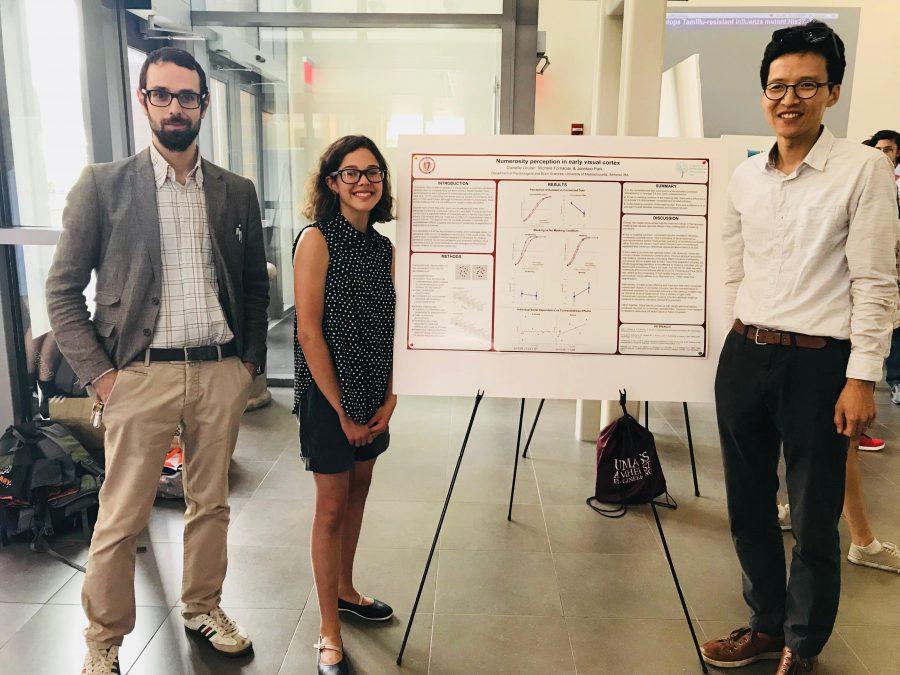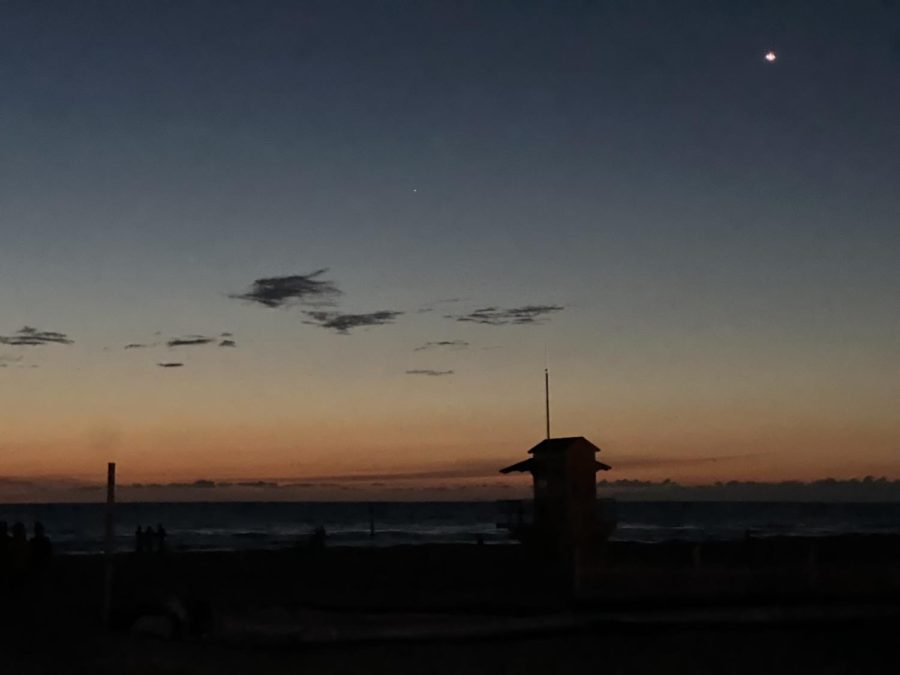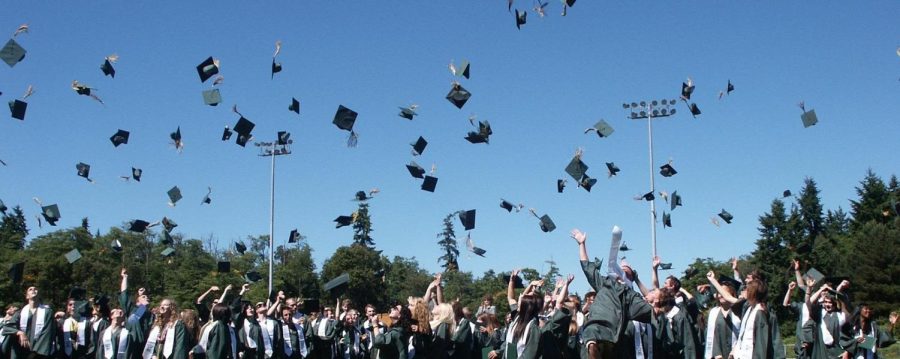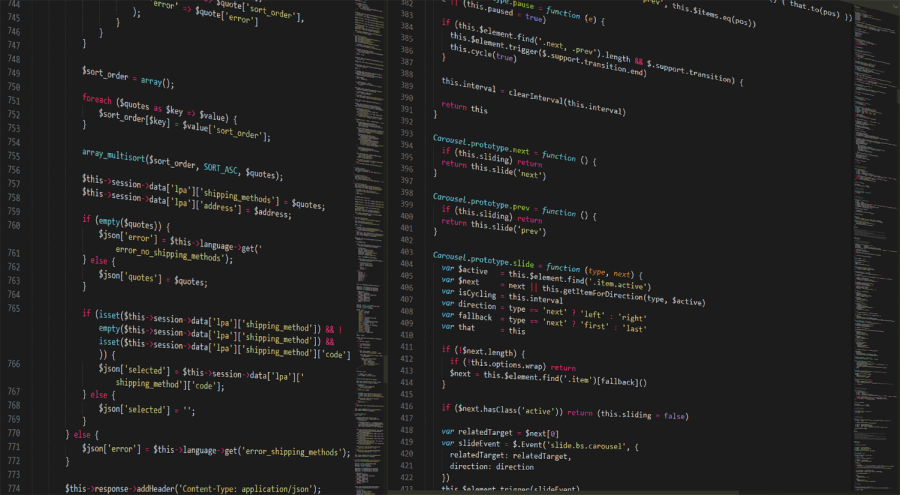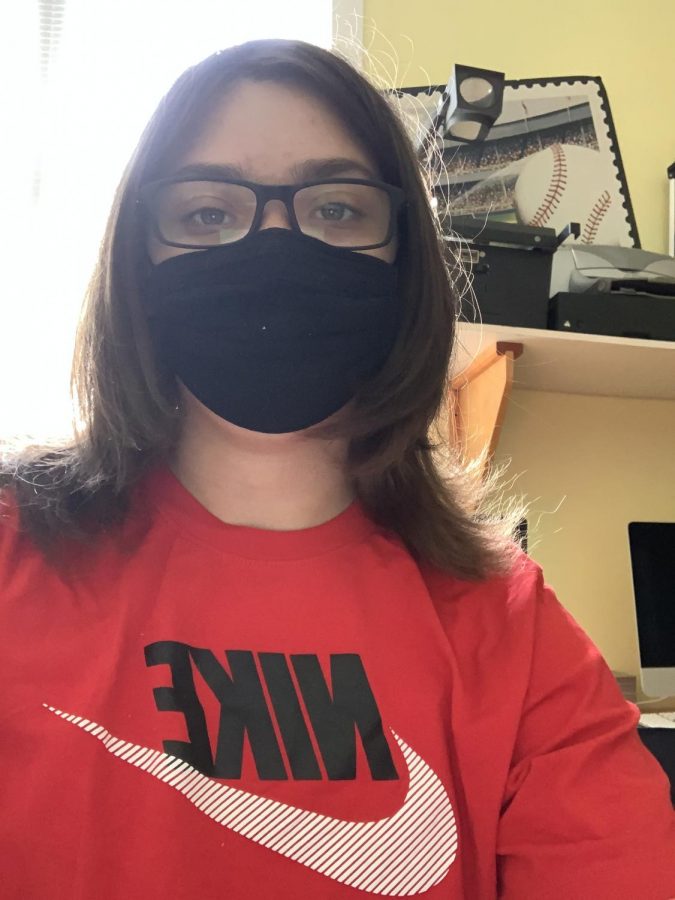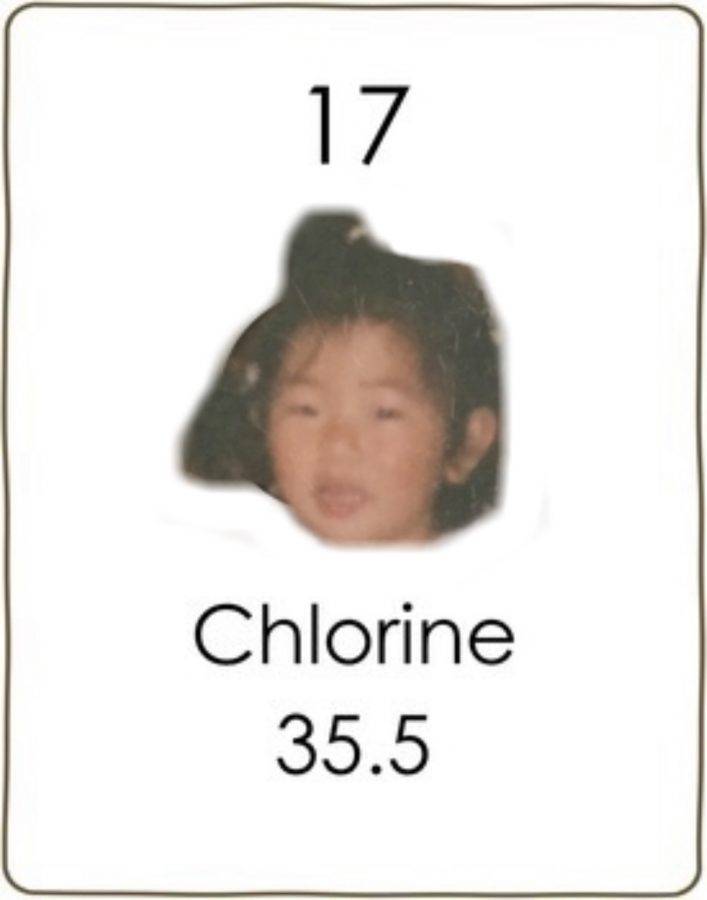For some, the months of February and March signify the transition from winter to spring. For others, they are the two long months that separate winter break from April vacation. But for high school research students, these are the months for which the entire school year has been spent preparing. They are the pinnacle of our hard work, the apogee of our blood, sweat and tears. They are the months in which we tie our countless hours of of experimentation, data analysis and paper writing into a package with a neat little bow – all to be presented to a panel of judges who will decide whether our project dies and fades into the bitter resentment of our memory or lives and receives the accolades of our fellow students and teachers (and possibly money and national recognition). Maybe this is all a bit dramatic, but when the temperature begins to rise from below freezing to the 40’s and 50’s, we know that the season for research competitions has arrived.
I first joined the research program at North High School in ninth grade, which is the earliest year you can be admitted. I had close to no idea what to expect, because unlike most of my peers entering the program, I was not informed as to what the experience would entail. The first day I set foot in the classroom, which was a week or two into the school year, the class was in the middle of a two week-long session of student presentations explaining what we had done over the summer. I watched as people I had known since elementary school stood before the class and shriveled into sun-dried tomatoes, red to the face and void of life, under the intense gaze of our research teacher. Little did I know that in addition to conducting research and learning the language of academia, our public speaking abilities would be put to the test almost every month, whether in the form of a Powerpoint presentation or a test of our knowledge on an article we had been assigned.

Needless to say, that first year in the research program was an immensely valuable and formative experience. In addition to obtaining a baseline understanding of statistics, becoming fluent in a programming language, developing a problem-solving mindset, and becoming more independent, I learned how to communicate effectively. I learned that relatable examples and funny pictures are much better at securing someone’s attention than monotonously-recited facts and esoteric jargon, I learned that being confident in my work and myself is essential to making my judges have confidence in me.

I am currently a sophomore, and I am now in my second year of the research program. Over the next two months, I will compete in a total of four competitions – one of which will take place this coming Wednesday. Although I am instilled with a healthy dose of nerves, I am also extremely excited. These competitions are my chance to shine, my chance to show off and celebrate my journey of exploration and discovery. While my judges may not always decree my projects worthy of a shiny trophy, I can still revel in the knowledge that I have made an actual contribution to the field of science and learned a lot about the subject of my research as well as myself along the way.

